Occasionally in our ordinary lives we come across a genuine David and Goliath narrative. Picture a staunch consumer successfully defending their rights against a powerful corporation; a steadfast granny securing a legitimate refund and begrudging admission of error.
Against a backdrop of increasing electricity prices and never-ending renewables dogma, our powerful energy bureaucracies are being challenged by individuals outside the public sector bubble.
Already a subscriber? Log in
Get 10 issues
for $20
Subscribe to The Spectator Australia today for the next 10 magazine issues, plus full online access, for just $20.
- Delivery of the weekly magazine
- Unlimited access to spectator.com.au and app
- Spectator podcasts and newsletters
- Full access to spectator.co.uk
Or

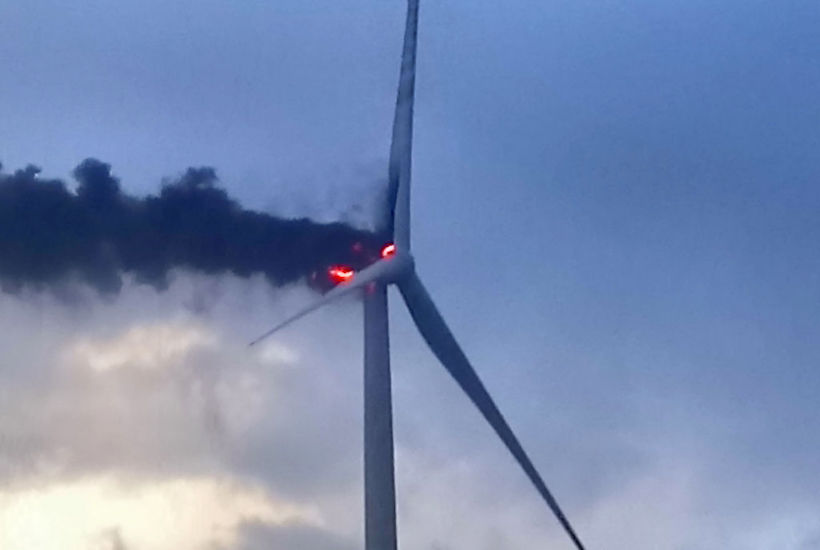
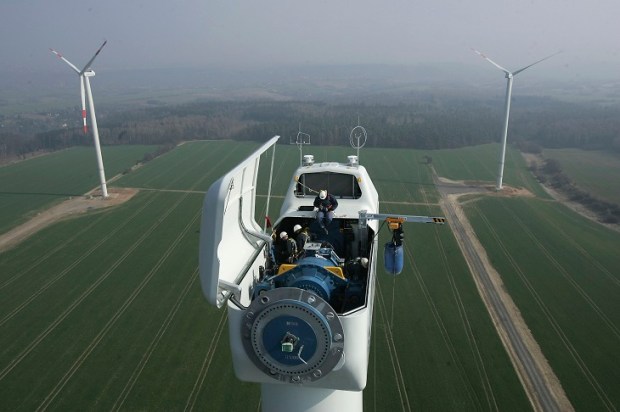
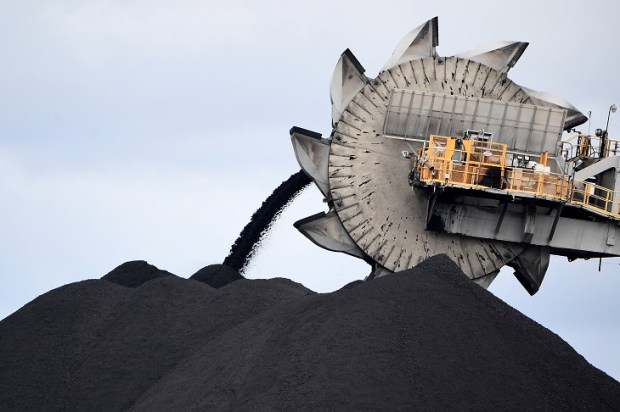

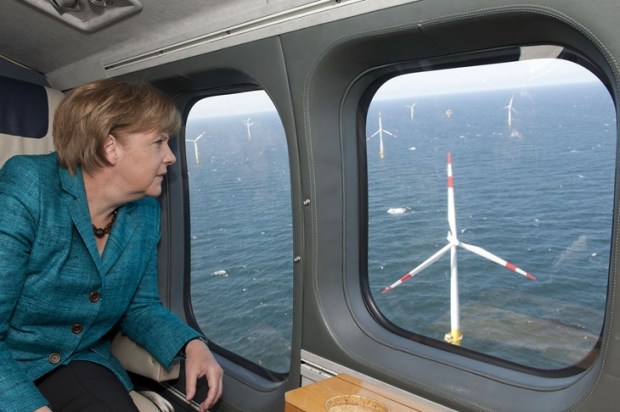

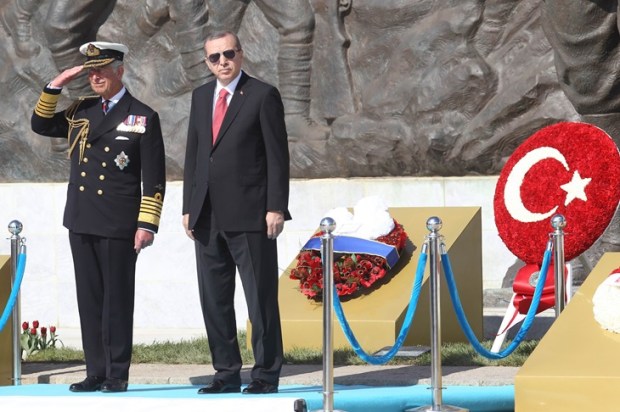
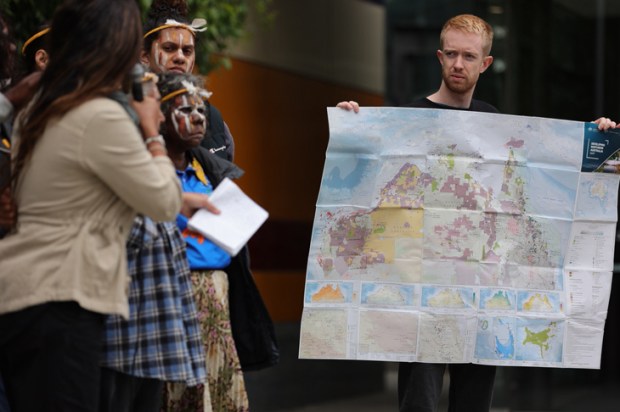
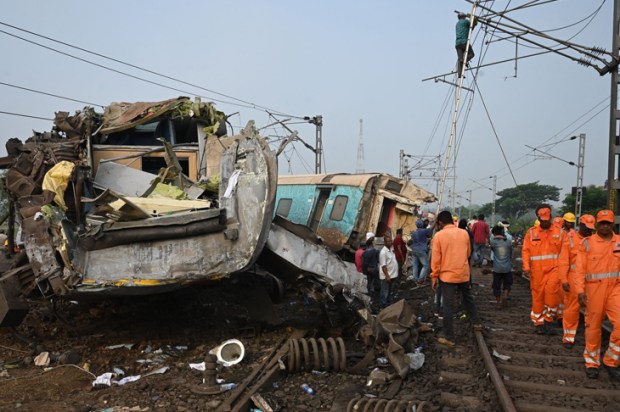

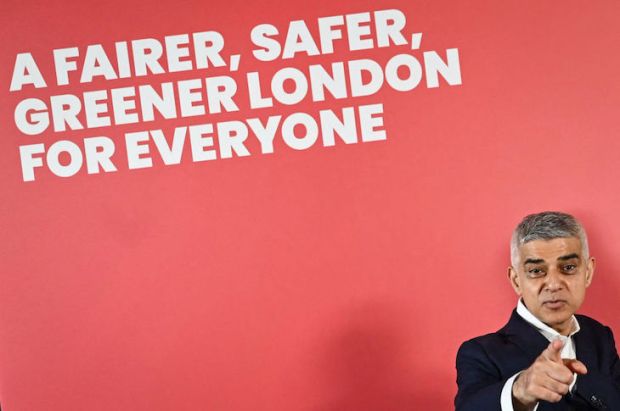








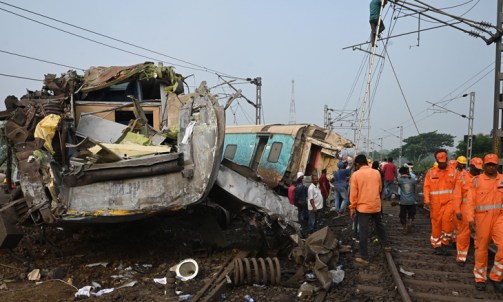

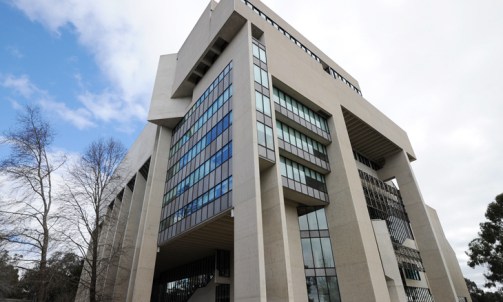

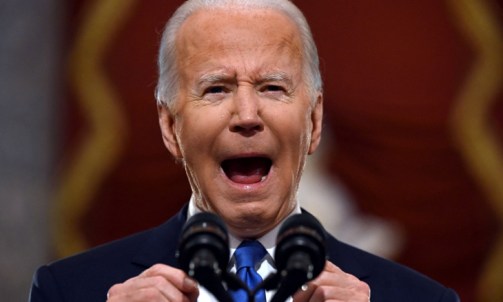
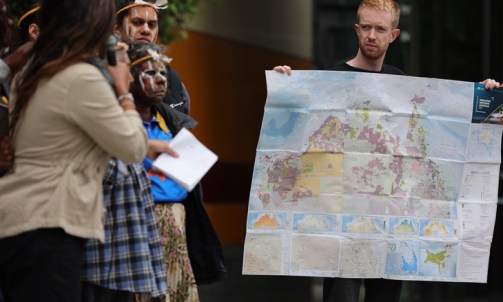
Comments
Don't miss out
Join the conversation with other Spectator Australia readers. Subscribe to leave a comment.
SUBSCRIBEAlready a subscriber? Log in